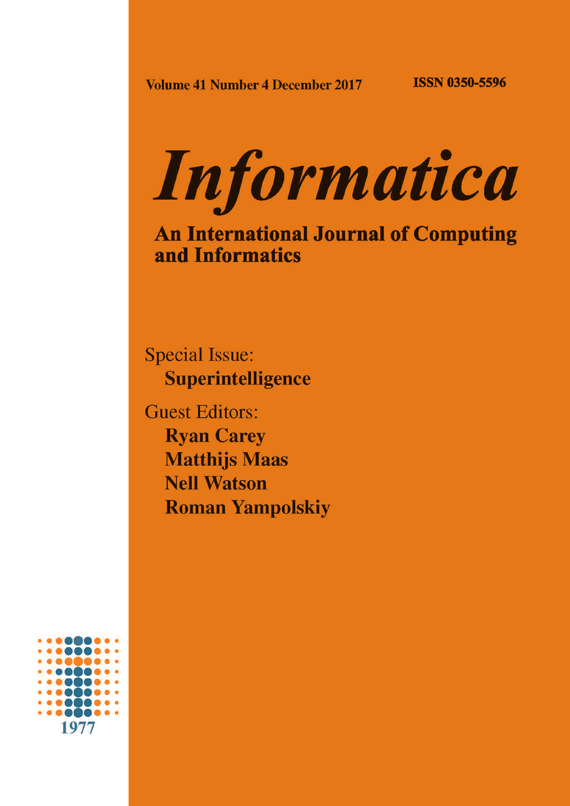The Technological Landscape Affecting Artificial General Intelligence and the Importance of Nanoscale Neural Probes
Abstract
In this paper, we contrast three major pathways to human level AI, also known as artificial general intelligence (AGI), and we investigate how safety considerations compare between the three. The first pathway is de novo AGI (dnAGI), AGI built from the ground up. The second is Neuromorphic AGI (NAGI), AGI based loosely on the principles of the human brain. And third is Whole Brain Emulation (WBE), AGI built by emulating a particular human brain, in silico. Bostrom has previously argued that NAGI is the least safe form of the three. NAGI would be messier than dnAGI and therefore harder to align to arbitrary values. Additionally, NAGI would not intrinsically possess safeguards found in the human brain – such as compassion – while WBE would. In this paper, we argue that getting WBE first would be preferable to getting dnAGI first. While the introduction of WBE would likely be followed by a later transition to the less-constrained and therefore more-powerful dnAGI, the creation of dnAGI would likely be less dangerous if accomplished by WBEs than if done simply by biological humans, for a variety of reasons. One major reason is that the higher intelligence and quicker speed of thinking in the WBEs compared to biological humans could increase the chances of traversing the path through dnAGI safely. We additionally investigate the major technological trends leading to these three types of AGI, and we find these trends to be: traditional AI research, computational hardware, nanotechnology research, nanoscale neural probes, and neuroscience. In particular, we find that WBE is unlikely to be achieved without nanoscale neural probes, since much of the information processing in the brain occurs on the subcellular level (i.e., the nanoscale). For this reason, we argue that nanoscale neural probes could improve safety by favoring WBE over NAGI.
Downloads
Published
Issue
Section
License
I assign to Informatica, An International Journal of Computing and Informatics ("Journal") the copyright in the manuscript identified above and any additional material (figures, tables, illustrations, software or other information intended for publication) submitted as part of or as a supplement to the manuscript ("Paper") in all forms and media throughout the world, in all languages, for the full term of copyright, effective when and if the article is accepted for publication. This transfer includes the right to reproduce and/or to distribute the Paper to other journals or digital libraries in electronic and online forms and systems.
I understand that I retain the rights to use the pre-prints, off-prints, accepted manuscript and published journal Paper for personal use, scholarly purposes and internal institutional use.
In certain cases, I can ask for retaining the publishing rights of the Paper. The Journal can permit or deny the request for publishing rights, to which I fully agree.
I declare that the submitted Paper is original, has been written by the stated authors and has not been published elsewhere nor is currently being considered for publication by any other journal and will not be submitted for such review while under review by this Journal. The Paper contains no material that violates proprietary rights of any other person or entity. I have obtained written permission from copyright owners for any excerpts from copyrighted works that are included and have credited the sources in my article. I have informed the co-author(s) of the terms of this publishing agreement.
Copyright © Slovenian Society Informatika








